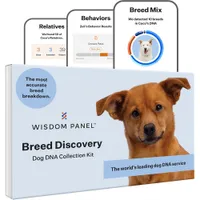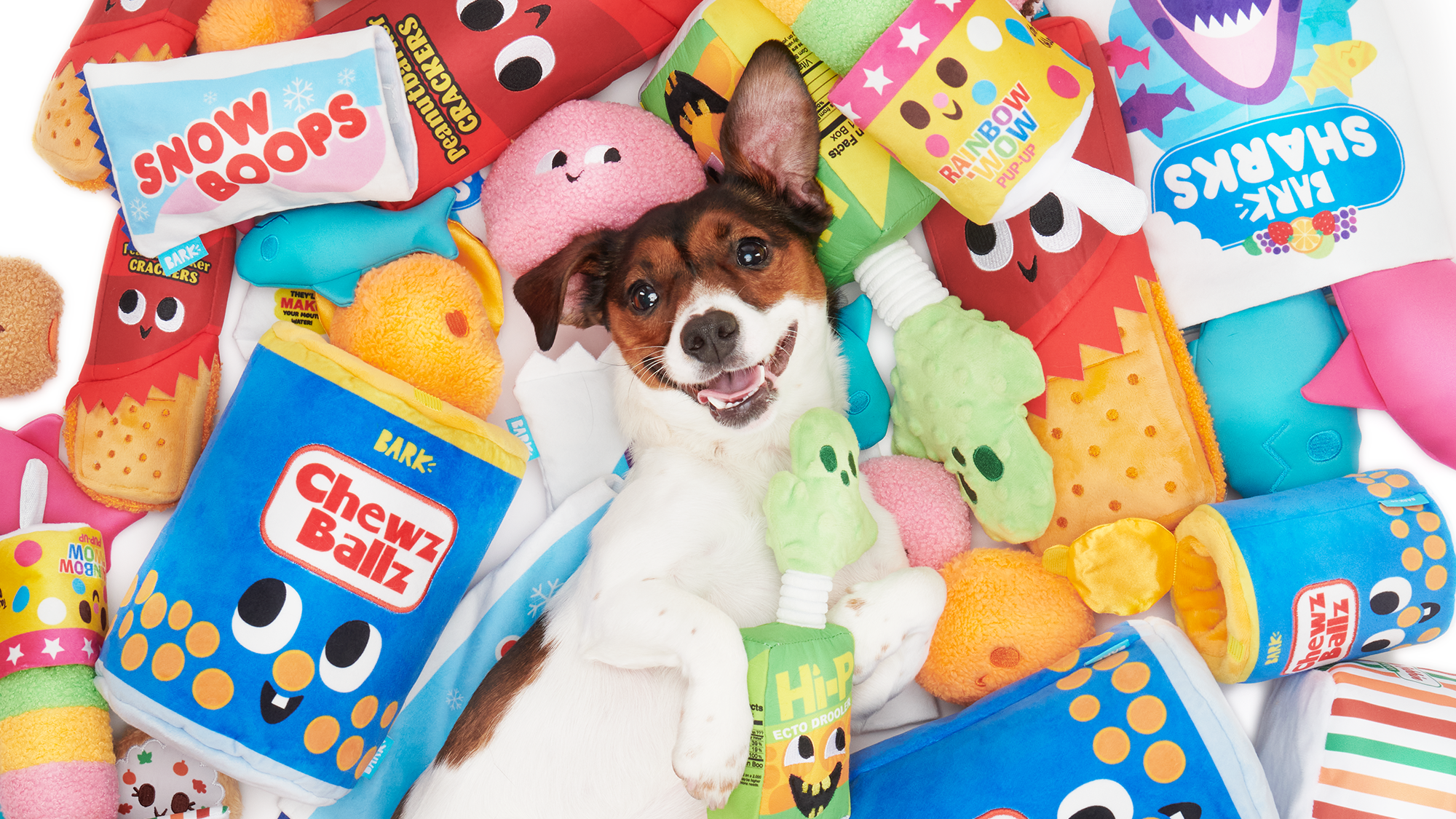Aussiedoodles are highly trainable, energetic dogs that absolutely love being around people
This crossbreed has become popular in recent decades, but the Aussiedoodle can be a challenge
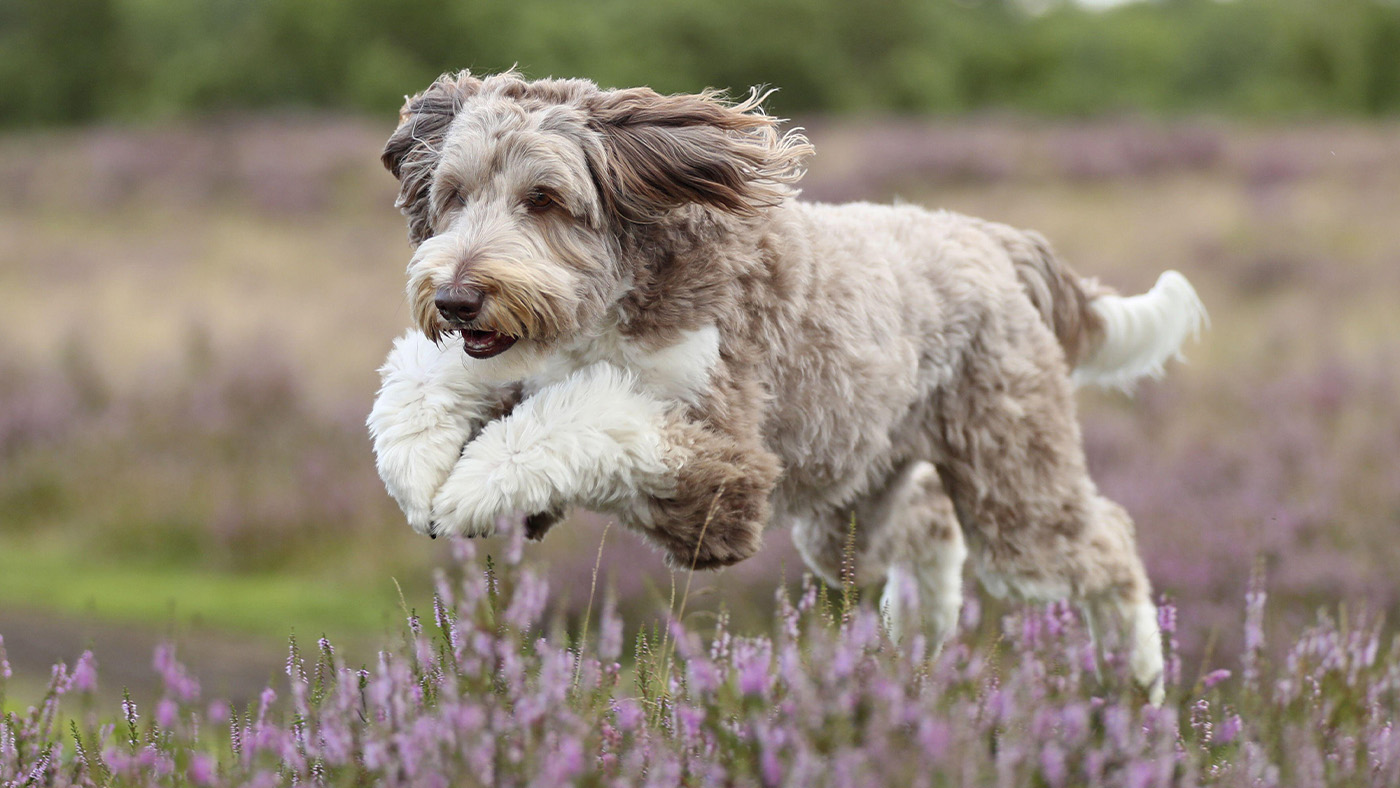
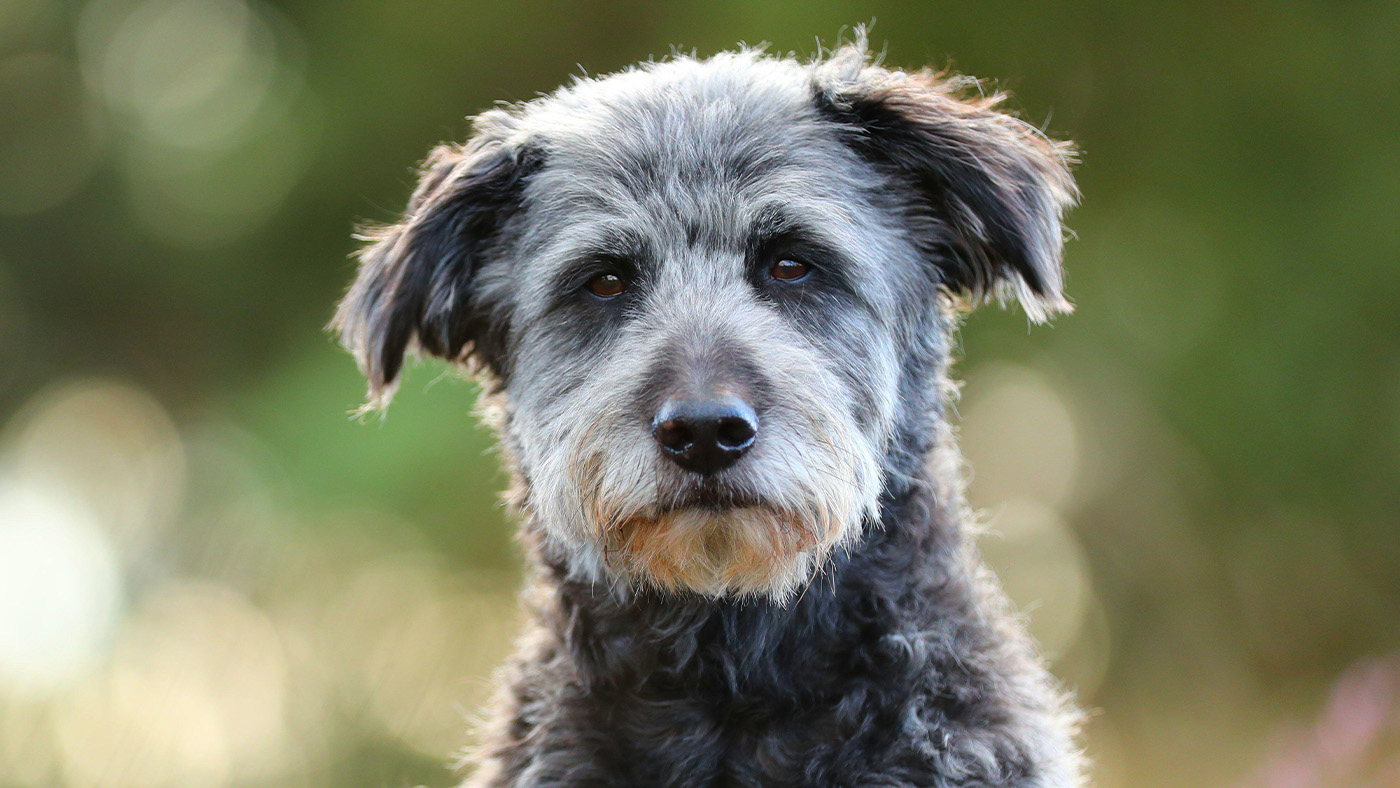
Life expectancy: 10-15 years
Size: 14-23 inches (male); 14-17-inches (female)
Coat: Straight/wavy, curly or very curly
Temperament: Friendly, outgoing, affectionate
Exercise needs: 45 minutes to two hours
Origin/native country: United States
Aussiedoodles are a cross between an Australian Shepherd and a poodle and they began to emerge in the 1990s. By mixing two affable, intelligent pure breeds, the Aussiedoodle has proven to be an adaptable, quick-learning dog and a great companion for scores of families. But they’re also rather demanding, if not in body then certainly in mind. Are you going to be up for the challenge?
To better explore the pros and cons of owning an Aussiedoodle, we’ve sought the advice of expert vet Dr Rebecca MacMillan. We’ve also considered both types of Aussiedoodle – the standard medium-sized and miniature versions. By the end of this guide, you should have a clearer idea of whether this poodle crossbreed will best suit you and your lifestyle.
Do Aussiedoodles need a lot of exercise?
Aussiedoodles are energetic dogs but the amount of physical stimulation they need will vary.
“Their exercise needs depend on their size,” Dr MacMillan explains. “If the cross contains a standard poodle, then they could need up to two hours of exercise each day but a toy poodle cross may only need around 45 minutes per day.”
Since the breed has been crossed with an Australian Shepherd (a herding breed), it’s going to have a herding instinct so you will need to keep Aussiedoodles on a leash and ensure any free runs are in a very secure area. Aussiedoodles also love being outdoors having adventures and since Australian Shepherds and poodles are working breeds, they love to be given tasks to do as well.
If you live near water, that’s even better because, like poodles, they are one of the dog breeds that are made for swimming. At the very least, allow them to play with water – they’ll love messing around with a garden hose.
Are Aussiedoodles easy to train?
Considering poodles are one of the smartest breeds, according to canine psychiatrist Stanley Coren in his book, The Intelligence of Dogs, you can take it as a given that an Aussiedoodle will be clever too. What’s more, since Australian Shepherds are clued up dogs, it’s not a case of one side letting them down.
Get the best advice, tips and top tech for your beloved Pets
“Both poodles and Australian Shepherds are intelligent and energetic so this lovable mix will be similar,” Dr Rebecca MacMillan says. “These dogs are extremely smart and will pick things up quickly with the right consistent approach.”
As such, you’ll need to set aside sufficient time to socialize the breed early, using positive reinforcement and patience to navigate their possible stubborn nature. You also need to ensure training sessions are short and sweet, adopt a consistent approach and work on tackling separation anxiety.
“These dogs are a very affectionate breed and like being with people, which could come across as clingy,” Dr MacMillan says. “It’s certainly important to make sure that they are trained to be left alone for short periods.”
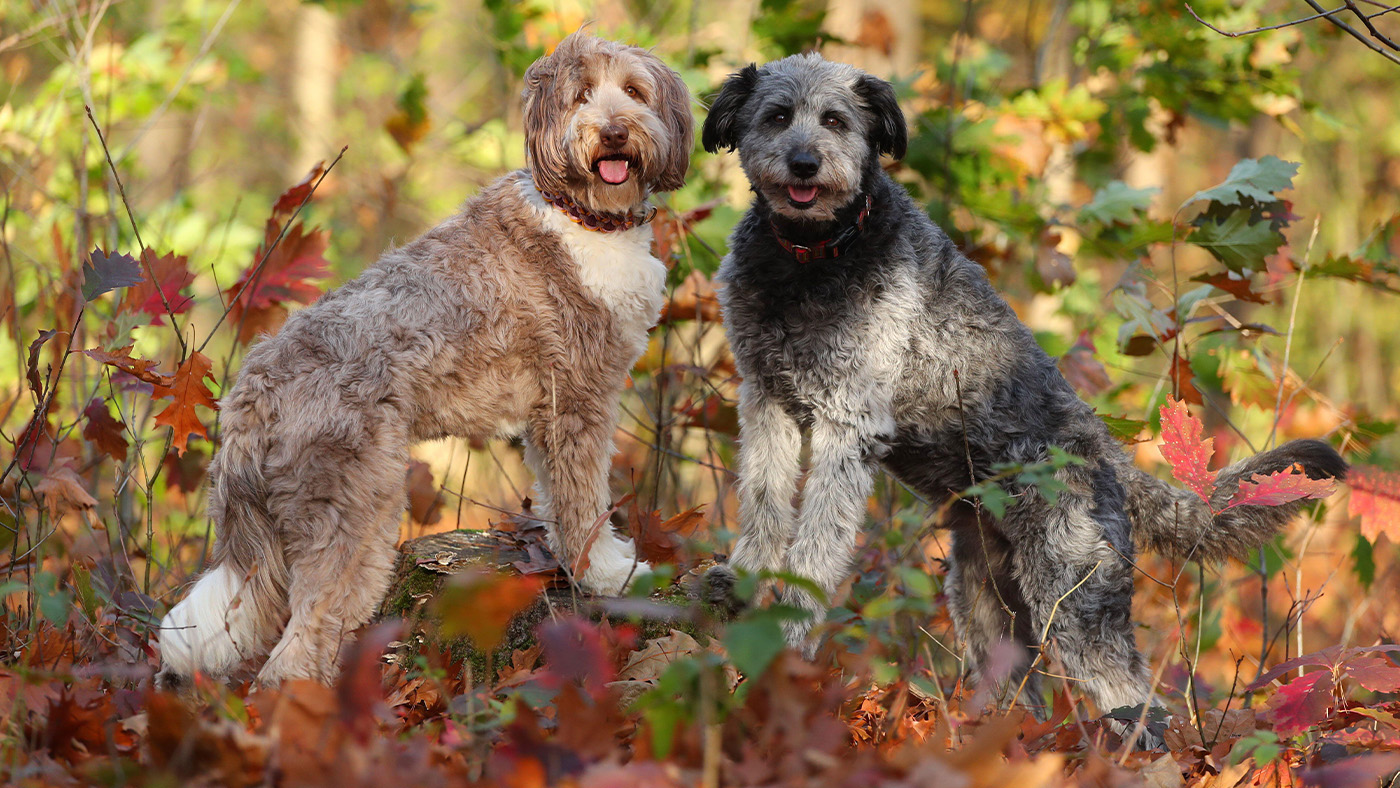
Do Aussiedoodles make good family pets?
With their mix of Australian Shepherds – bringing loyalty, protection, friendliness, adoration and love – and Poodles – known for being affectionate, gentle and energetic – Aussiedoodles make great family dogs. But while they’re adaptable and just at home in an apartment as they are in a large home, they will need to be properly socialized and trained.
“These dogs also need plenty of mental stimulation so they are best suited to a family who has enough time to meet their needs,” Dr MacMillan says. “These dogs will want to be kept busy so think about the best dog puzzle toys, regular training exercises and dog classes like agility and obedience.
Do Aussiedoodles need a lot of grooming?
Aussiedoodles come in two coat types, depending on which genetic traits they inherit.
“They can have a curly poodle-type coat which will require frequent brushing or clipping to keep it manageable,” says Dr MacMillan
“The softer, wavy-coated variety is a little easier to care for, with regular brushing enough for many, though they can also be trimmed to keep things looking neat.”
The good news is that, like poodles, Aussiedoodles won’t leave excessive amounts of hair all over your home. “These are single-coated dogs, and thanks to their poodle heritage, they are low-shedders,” Dr MacMillan adds. As such, they are also considered to be hypoallergenic.
Wisdom Panel Breed Discovery DNA Kit | Amazon
Not sure exactly what breed your dog is? This kit screens for 365+ breeds – because knowing every detail about your dog helps you understand how best to care for them.
Aussiedoodle health problems
Crossbreeds could inherit health problems from either set of parents.
“This includes inherited joint issues such as hip and elbow dysplasia,” Dr MacMillan says.
“These developmental joint problems can cause joint pain, mobility issues and the early onset of arthritis. Inherited eye issues are another possibility including collie eye anomaly, progressive retinal atrophy (PRA) and cataracts.”
Toy and miniature poodle crosses may be susceptible to Legg-Calves-Perthes disease as well, which is a painful condition affecting the ball of the hip.
“Sebaceous adenitis is also common in poodles, and could be passed on to Aussiedoodles. This condition affects the oil glands in the dog’s skin causing issues with the dog’s skin and coat condition.”
Idiopathic epilepsy, common in Australian Shepherds, could be passed on to their crossbreed offspring too.
“It is important to buy your puppy from a reputable breeder that only mates healthy dogs,” Dr MacMillan adds.
Should I get an Aussiedoodle?
Aussiedoodles are wonderful dogs – gentle, affectionate and playful – but they need a lot of attention. As such, whether your exercising, training or grooming this crossbreed, you’ll need a good amount of time to spare otherwise you may find they begin to whine just to remind you that they’re around.
Indeed, at times, it can feel as if an Aussiedoodle is your shadow – they follow their owners around and they can prove to be very clingy. But if you can provide them with the right environment, you’re in for a great time – just watching these intelligent dogs in action can be rewarding enough.
The Complete Guide To Aussiedoodles
Using interviews with eight top Aussiedoodle breeders, author Vanessa Richie has created an in-depth look at what it really takes to successfully live with, raise, and train an Aussiedoodle.
Read next: Toy poodle vs miniature poodle
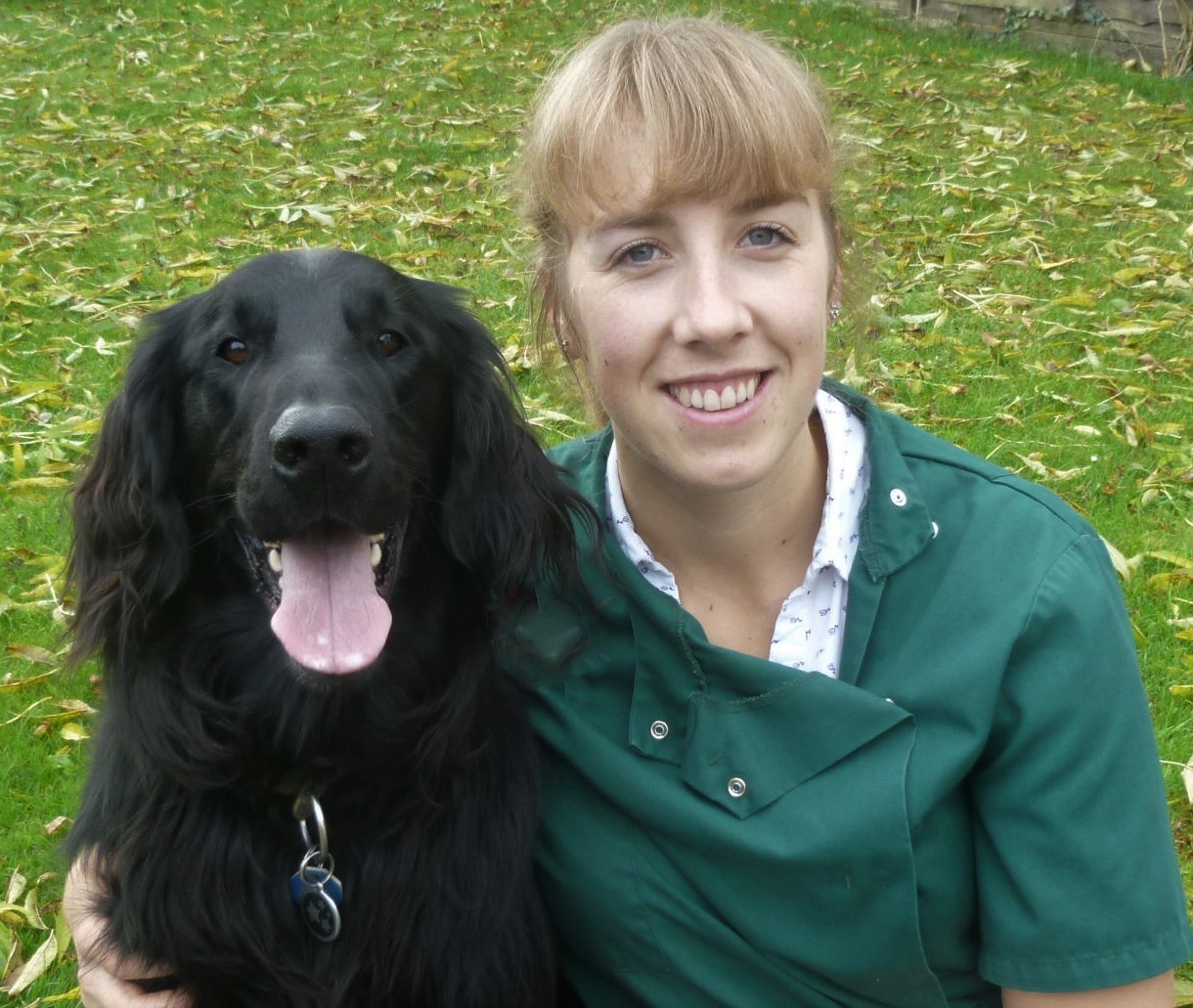
Rebecca is a veterinary surgeon who graduated in 2009 from the Royal Veterinary College in London. She has a wealth of experience in first opinion small animal practice, having done a mixture of day-to-day routine work, on-call emergency duties and managerial roles over the years. Rebecca enjoys medicine in particular and she is proud to have recently achieved a BSAVA postgraduate certificate in small animal medicine (with commendation).
She writes on various feline and canine topics, including behavior, nutrition, and health. Outside of work and writing she enjoys walking her own dog, spending time with her young family and baking!
Edited by Georgia Guerin.
This feature was last updated in July 2025.

David Crookes has been a journalist for almost 30 years and he has written for a host of magazines, newspapers, websites and books including the World of Animals Annual, BBC Earth, Live Science, The Independent and Tom’s Guide.
Born in England, he lives with two cats but he’s also keenly interested in the differences between the huge number of dog breeds – in fact, you can read many of his breed guides that he’s written in collaboration with vets here on PetsRadar.
With a lifelong passion for technology, too, he’s always on the lookout for useful devices that will allow people to keep their pets happier and healthier, and provide them more time to spend together.
David has a degree from Durham University, as well as postgraduate diploma in journalism from the University of Central Lancashire.
